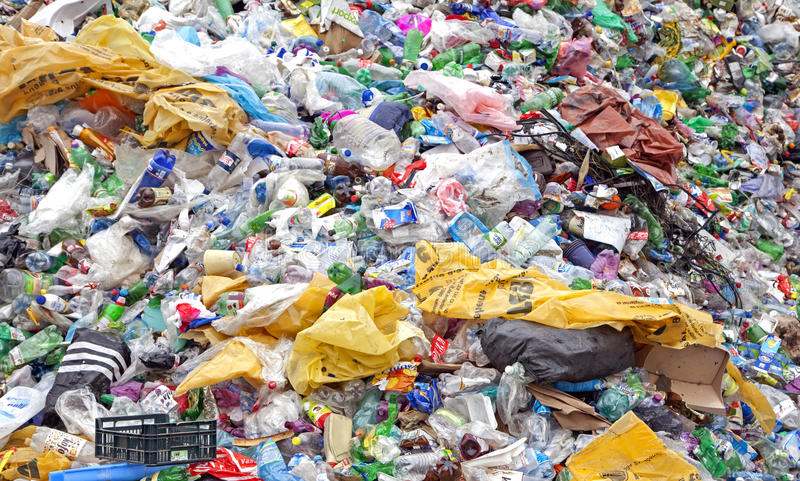
Everybody seems to be in firm agreement that we have a plastic crisis in the environment and we need to do more. So why does that seem so hard to put into practice? There are obstacles in our way at every turn.
The supermarkets have been saying for years that they are reducing plastic packaging, but I can’t see any evidence of it. All fresh foods – fruit and vegetables, bread, cakes, meat and fish – are still prepacked in apparently non-recyclable plastic. If you buy things like vitamin supplements, you find that they come in plastic bottles where the tablets or capsules inside occupy barely a third of the container. So two thirds of the plastic packaging is unnecessary. Presumably this is to try to fool you into thinking you are getting more for your money?
Many other foods are also packed in plastic. Some of these packs are recyclable, but many also are not or have mixed packaging components not all of which are recyclable.
I recently opened a new tub of spread (butter substitute). The outer carton announced:
Tub – widely recycled; Lid – widely recycled; Insert– not yet recycled.
What a cop-out! They are trying to imply it isn’t their fault you can’t recycle the film on the top of the butter, it’s the fault of the local authorities for not finding a way to recycle. That’s just not true, it’s the fault of the producer for not using a recyclable material. It isn’t “not yet recycled”, it’s “not recycled”, or to put it another way, it’s “something else for landfill”. Funny they don’t put that on the carton.
And how do you tell if a particular piece of packaging is recyclable? There’s a plethora of symbols on the packaging of most things nowadays. There are three different symbols you may find on plastic.

This is pretty clear: it means that the item is recycled by at least 75% of local authorities in the UK.

You might think this means it’s recyclable: it doesn’t. It means that the producer has made a “financial contribution” towards packaging recovery or recycling. The packaging of this product is almost certainly not recyclable at all.

The Mobius Loop symbol may have a number in the middle indicating the class of plastic used, and the abbreviated name of the plastic below the loop. In theory this means the plastic is recyclable, but in practice this is very variable between local authorities. Broadly speaking, the higher the code number, the more unlikely you are to find someone to recycle it.
Fresh foods are increasingly packed in hard plastic trays with a soft film lid to tear off. The packaging is normally marked with something like: “Tray – recycle at home, film – recycle at major supermarkets”. Nowadays all the main supermarkets have in their larger stores a “soft plastics” recycling point where you can take all this stuff. And that’s important: film and flexible packaging such as single-use carrier bags, bread bags and confectionery wrappers are not generally accepted by local authorities. As a result, recycling rates for soft plastics – which comprise around a third of the estimated 2.4 million tonnes per year of plastic packaging in the UK alone – are less than ten percent. And according to Greenpeace, soft plastics are “the deadliest plastic items in the sea”.
Whilst it’s great that we can now recycle this stuff, recycling rates are never going to achieve high levels if we have to separate it out at home, put it in a bag and take it to the supermarket.Let’s hope that the government – national or local – starts to properly orchestrate the general collection and sorting of this recyclable waste from our homes.
Meanwhile, why do so many companies still pack other goods in polystyrene, or use styrofoam for food containers? It is recyclable, but it is complex and expensive, so there are virtually no councils that will collect it. Consequently virtually all of our polystyrene waste ends up in landfill. Try complaining about this to your MP: they mostly don’t want to know, and don’t want to impose obligations on companies or councils because that will put up prices or council tax.
Would you prefer to put your waste in landfill, or pay an extra say £10 a year to solve the problem? I know what I’d prefer.
